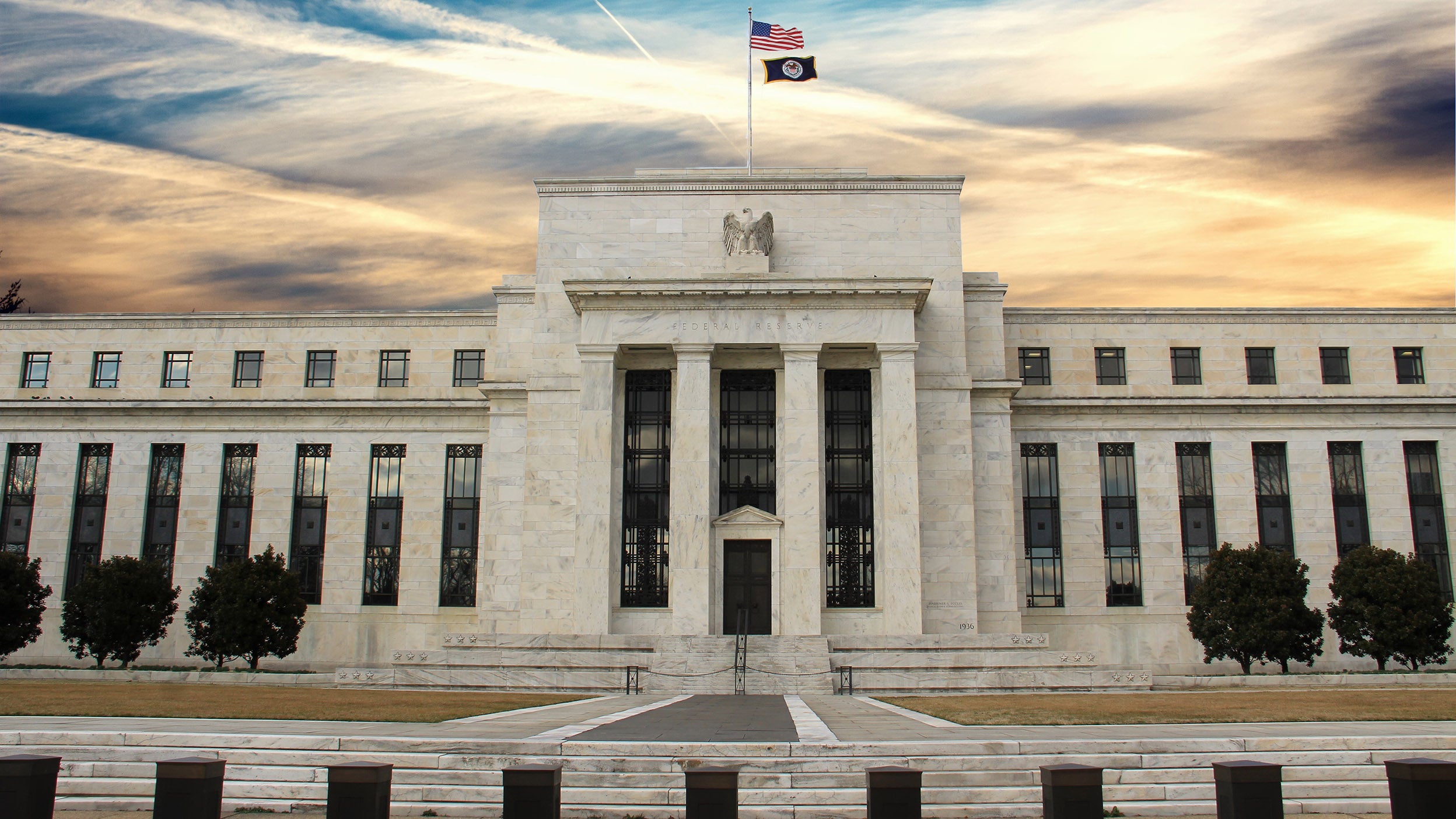2021: Don't fight the Fed but be careful

Key takeaways
1
2
3
As we look ahead to 2021 it is worth reflecting on what an extraordinary period for both financial markets and society 2020 has been.
The onset of the pandemic in March 2020 and subsequent shuttering of economies saw a rapid repricing of bond markets. Yields (which move inversely to prices) and credit spreads (the premium over government bonds that companies need to pay to borrow) rose to levels last seen in 2012. However, today much of that value has been realised. Investment grade credit spreads are now back to their long-term averages and government bond yields are once again testing record lows. In trying to assess whether these levels still offer value and what might happen in 2021, it is helpful to understand what has driven returns to these levels.
The key catalyst has been central bank support, which has been on a scale significantly larger than that undertaken following the Global Financial Crisis (GFC) in 2008. Statements from central banks have made clear that policy will remain accommodative for the foreseeable future. In the US for example, the Fed does not currently expect to change interest rates until at least 2023. In Europe, the ECB is, at the time of writing, discussing further easing measures. At the same time, investor’s requirement for income has not disappeared. This “reach for yield” continues to be a significant driver of returns.
Fiscal policy has also been part of the response to the crisis, but unlike in the aftermath of the GFC, where austerity was the name of the game, there is almost no political opposition to the current huge level of fiscal expansion. While we do not expect this stimulus to lead to a surge in inflation, it does suggest that inflation linked bonds could provide a potentially more attractive vehicle for managing liquidity than nominal bonds.
Given the strength of the rally, particularly in investment grade markets, we have in recent months taken some profits across portfolios. However, with the scale of central bank support and the search for yield likely to remain, we are not at a stage where we want to wholesale reduce risk. We are happy to maintain many of the positions bought earlier in the year while also adding positions where appropriate. Many of the opportunities we are now finding are further down the risk curve in areas such as high yield and subordinated financials. Although these areas of the market have rallied from the lows of late March, their returns have tended to lag those of the investment grade market. In our view they offer a more appropriate balance of risk and reward.
Despite the strength of the rally, the economic cost of lockdown is considerable and among companies directly impacted by Covid-19, default rates are rising. Government support and accommodative central bank policy has helped to mitigate some of these risks. Nonetheless, it is clear that many more companies will face difficulties in the months and years ahead. As investors, it is our job to ensure that we are being adequately compensated for these risks. Security selection, backed up by thorough in-depth credit analysis, is therefore likely to be of increasing importance during 2021.
Faced with an uncertain outlook and difficult economic environment, companies have been busy raising capital to shore up balance sheets. Both US and European markets have seen record levels of issuance this year. Alongside this conventional issuance, there has also been an increase in companies issuing green bonds. Client demand for ESG assets has helped many companies to issue these bonds more cheaply than their conventional debt. Both of these trends are likely to continue during 2021 and beyond. We will continue to analyse each bond on a case by case basis to determine its appropriateness to portfolios.
Of course, the game changer has been the development of highly effective vaccines. At the time of writing, health regulators are on the cusp of approving vaccines for immediate delivery. Assuming all goes well with the vaccination programmes, we would expect to see cyclical assets including high yield and emerging market bonds continue to benefit as economic activity recovers.
Bringing this altogether, we continue to focus on credit risk, cognisant of the ongoing influence of central banks. Exposure is biased toward high yield and subordinated financials where we think the balance of risk and return is strongest. These positions are held in well diversified portfolios and balanced with relatively high levels of liquidity (cash, government bonds and bonds maturing in less than a year). This liquidity allocation should help to mitigate the impact of further periods of volatility and enable us to exploit any opportunities that do arise.
Discover more information on our capabilities and products on your local country website via invesco.eu.
Investment risks
-
The value of investments and any income will fluctuate (this may partly be as a result of exchange rate fluctuations) and investors may not get back the full amount invested.
Important information
-
This document is marketing material and is not intended as a recommendation to invest in any particular asset class, security or strategy. Regulatory requirements that require impartiality of investment/investment strategy recommendations are therefore not applicable nor are any prohibitions to trade before publication. The information provided is for illustrative purposes only, it should not be relied upon as recommendations to buy or sell securities.
Where individuals or the business have expressed opinions, they are based on current market conditions, they may differ from those of other investment professionals and are subject to change without notice.


